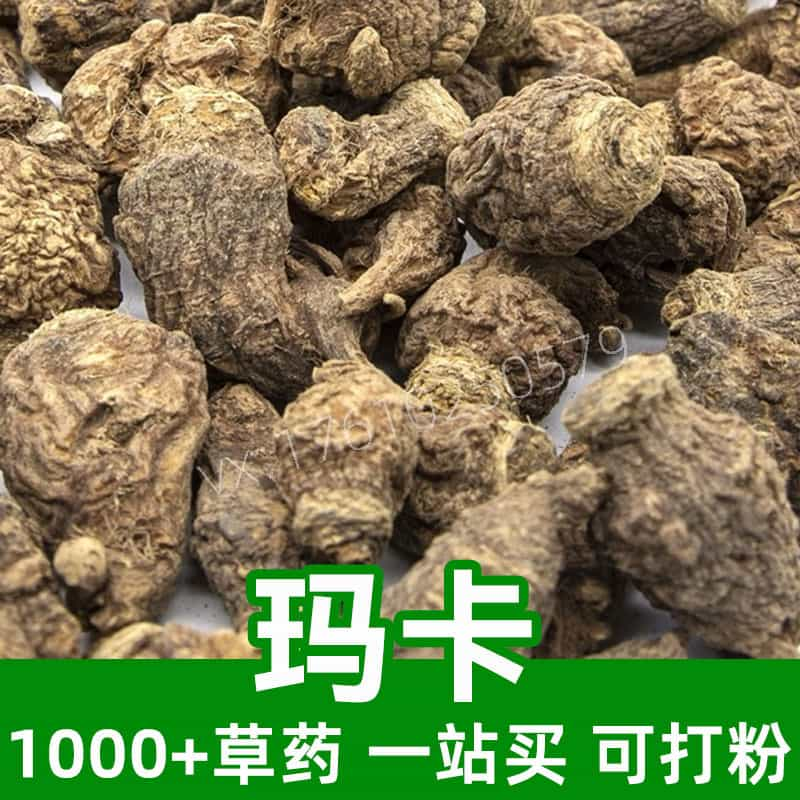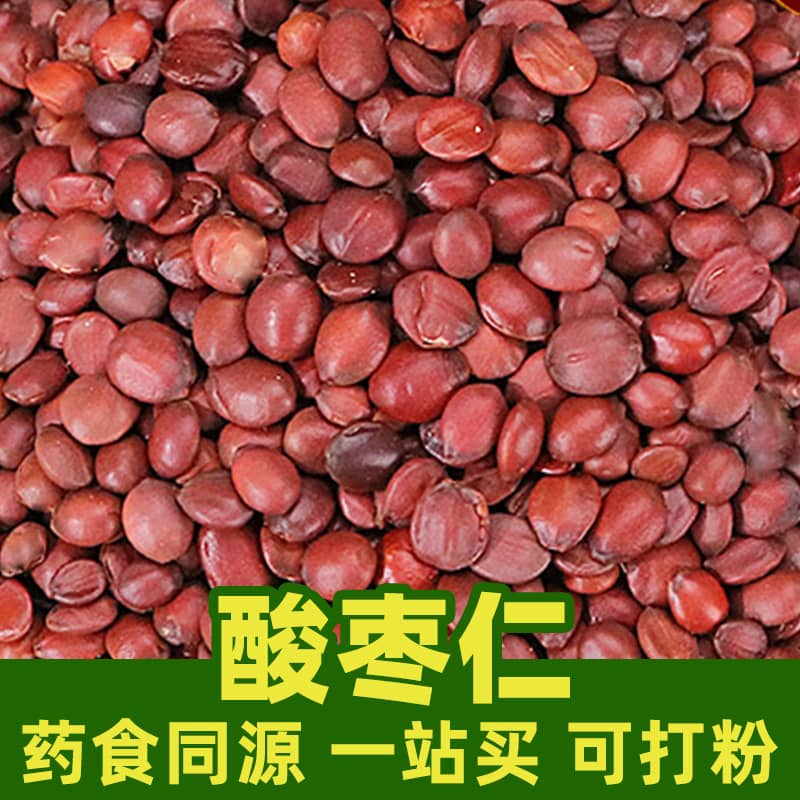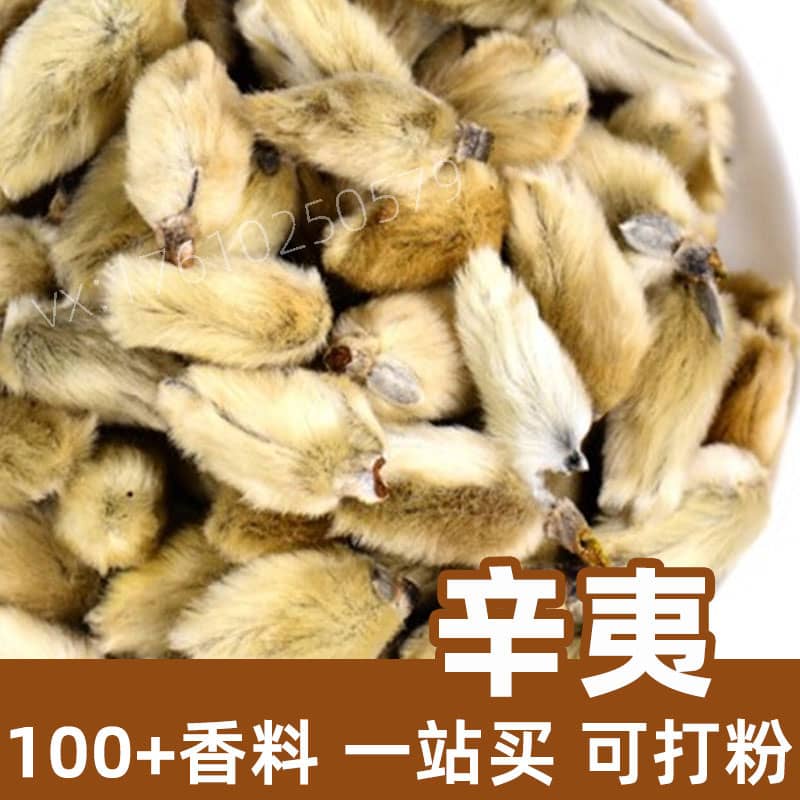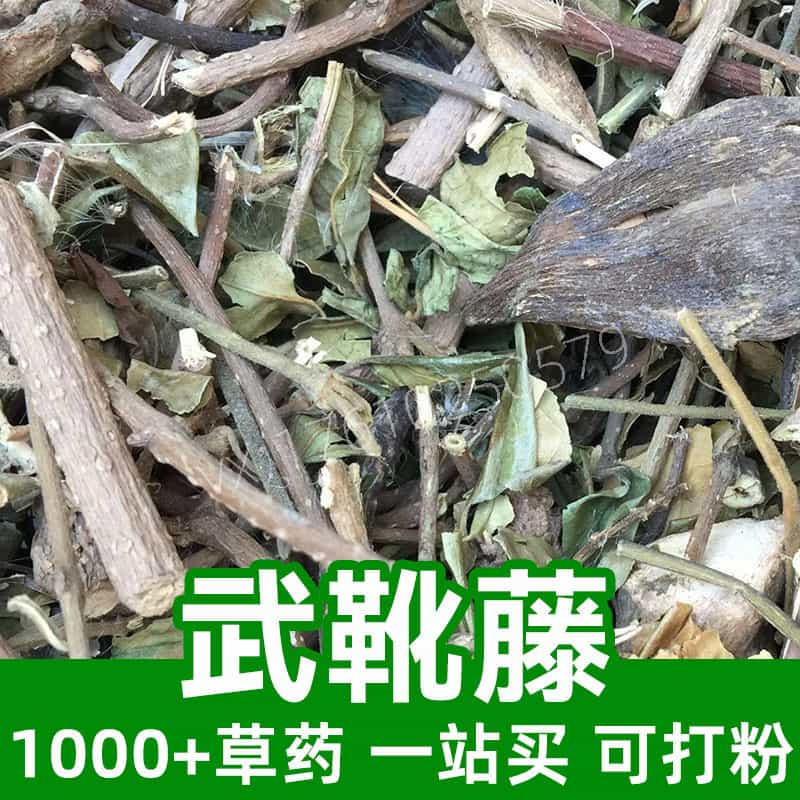Product Introduction
Frankincense is a resinous solid derived from the resin of the frankincense tree. It has been widely used as an incense, medicine, and essential oil. With its unique aroma and medicinal properties, frankincense has been used in religious ceremonies, medicine, and aromatherapy throughout history.
Frankincense is often associated with mystery, antiquity, and nobility. Its fragrance is believed to have relaxing, calming, and uplifting effects on the mind.
Aromatic Chemical Composition
The fragrance of frankincense is primarily derived from its chemical components, including boswellic acid and incensole. These components give frankincense a rich, smoky, and woody aroma with hints of citrus and pine.
Product Varieties
Frankincense primarily refers to the resin of the frankincense tree, but depending on its source and processing method, there are several varieties of frankincense resin. Common varieties include frankincense and olibanum.
Product Usage Scenarios and Dosage
Frankincense is widely used in the following scenarios and applications:
- Religious Ceremonies: Frankincense is used as incense in many religious ceremonies for offerings, prayers, and rituals. It is believed to purify the air, enhance spirituality, and guide energy.
- Aromatherapy: Frankincense essential oil can be used in aromatherapy. Obtained through distillation or extraction of frankincense resin, frankincense essential oil is believed to have soothing, relaxing, and balancing effects, and can be used to relieve anxiety, improve sleep, and uplift mood.
- Herbal Applications: Frankincense resin is used in herbal medicine and formulations. It is believed to have anti-inflammatory, antibacterial, antioxidant, and anti-inflammatory properties and is used in traditional herbal medicine to treat inflammation, digestive problems, and respiratory issues.
The dosage of frankincense can be adjusted according to the situation and personal preference. When using frankincense essential oil or frankincense resin, it is recommended to follow the product instructions or seek expert guidance.
Product Source Plant Introduction, Distribution, and Growing Environment
Frankincense trees (the source of frankincense resin) primarily grow in the Arabian Peninsula, East Africa, and India. Frankincense trees are drought-resistant shrubs or small trees that grow in dry, rocky soil and tropical or subtropical climates.
Frankincense resin is obtained by cutting the trunk of the frankincense tree to release the resin. The resin solidifies in the air into a solid form.
Harvesting, Processing, and Storage
Frankincense resin is harvested by cutting the trunk of the frankincense tree. After cutting, the resin solidifies in the air, forming solid frankincense.
To maintain the quality and shelf life of frankincense, it should be stored in a dry, cool, and airtight container, away from direct sunlight and moisture. Proper storage can extend the shelf life of frankincense and ensure the stability of its aroma and effects.
Monica Sun is a seasoned expert in the natural raw materials industry, with over a decade of experience specializing in traditional Chinese medicinal herbs, spices, and fungi. She is skilled in the sourcing, processing, and application of these materials, emphasizing sustainability and innovation. Monica Sun has contributed to the development of high-quality natural raw materials that serve as essential components in functional foods, pharmaceuticals, and cosmetics, delivering tailored solutions to meet diverse market needs.
















